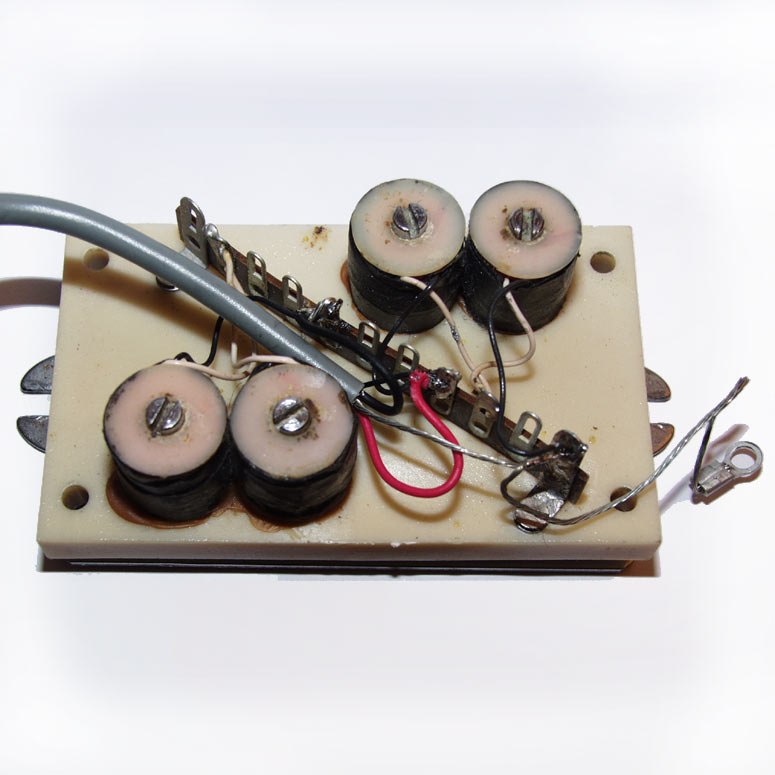Mikes's argument does not fail. It is exact for the square coils and approximate for the round ones.
Originally posted by David Schwab
View Post








 The question is; why wold they make the pickup with four coils and not two? Do you think they were just bored? I mean they had to actually tool up for that pickup. They must have felt their was a need for it.
The question is; why wold they make the pickup with four coils and not two? Do you think they were just bored? I mean they had to actually tool up for that pickup. They must have felt their was a need for it.
Comment